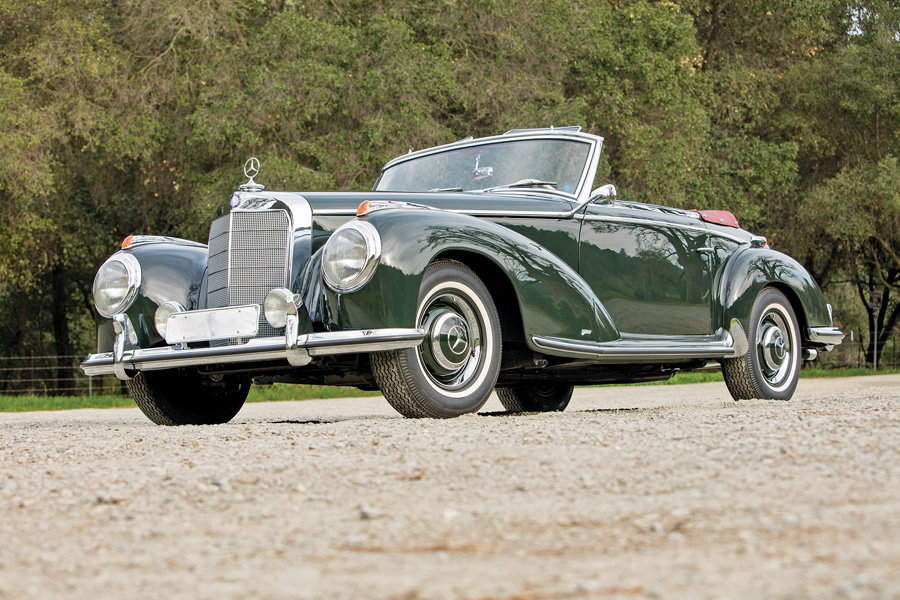Chassis Number: 1880120007153
This elegant 300S roadster is finished in a lovely dark green color, while the interior has been retrimmed in the original red-brown color. A comprehensive restoration has been performed by the marque specialists at Kienle Automobiltechnik, and it is believed that fewer than 50 miles have been incurred since. The quality of the work is absolutely breathtaking, and the attention to detail and factory correctness is equally impressive.

